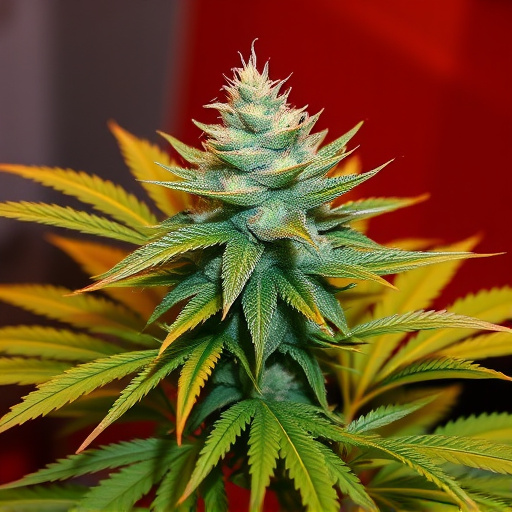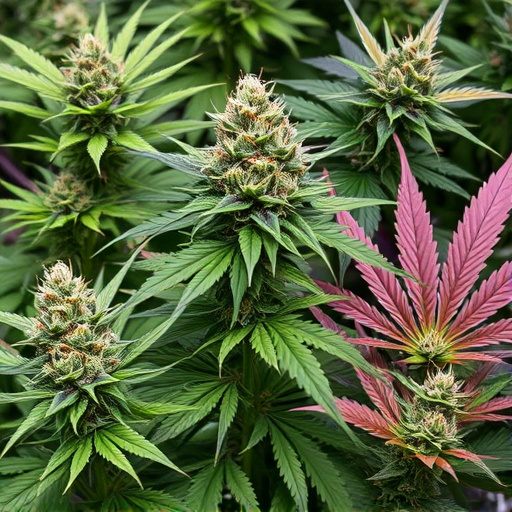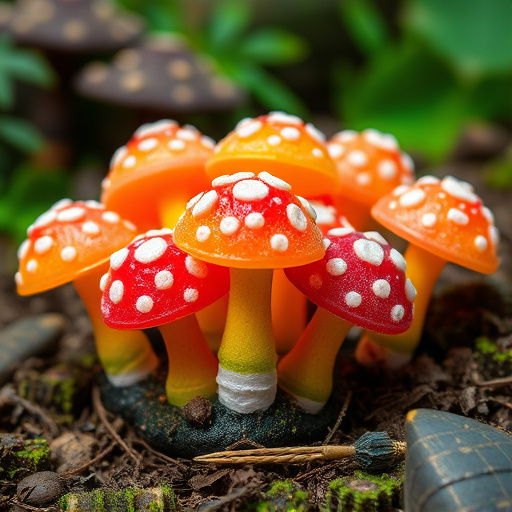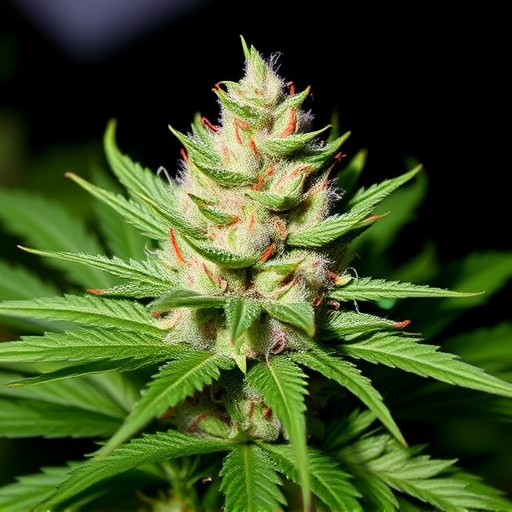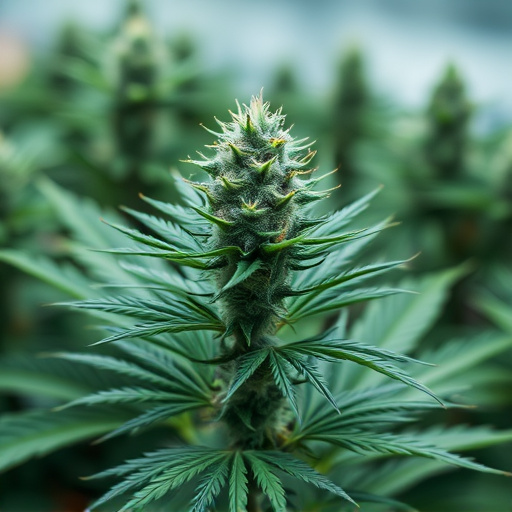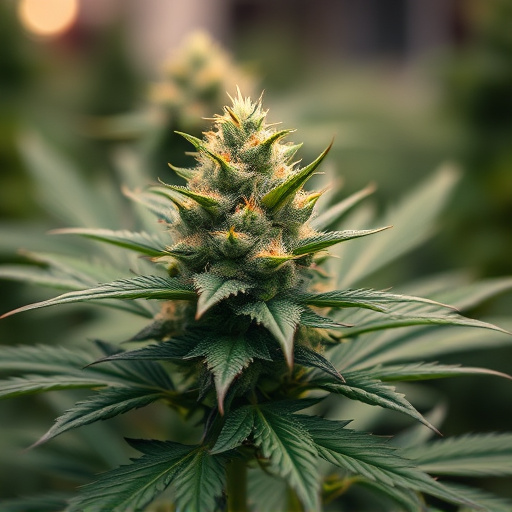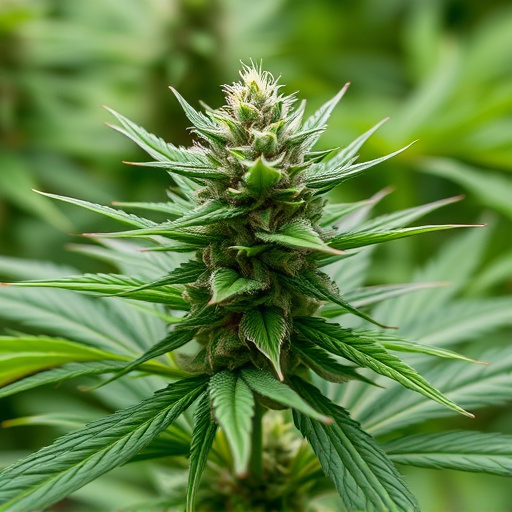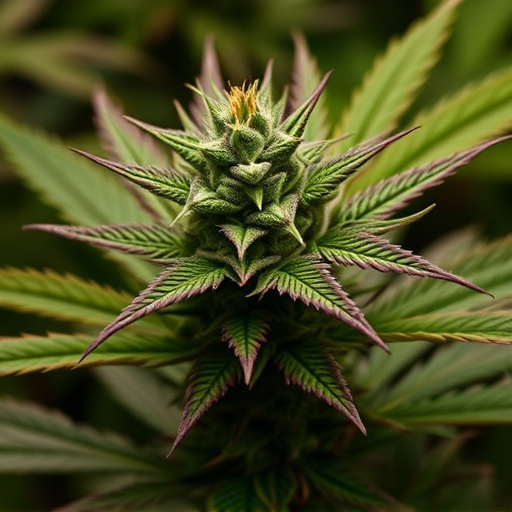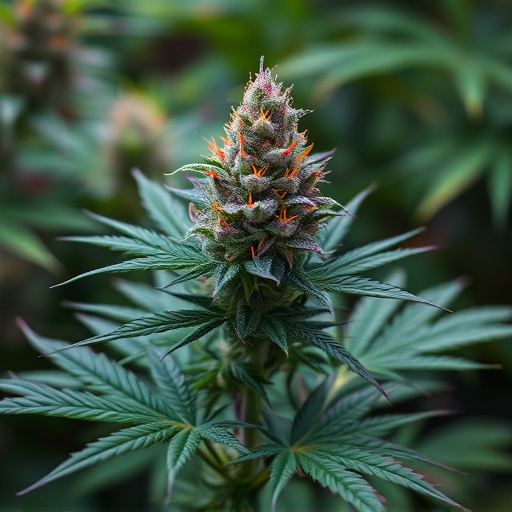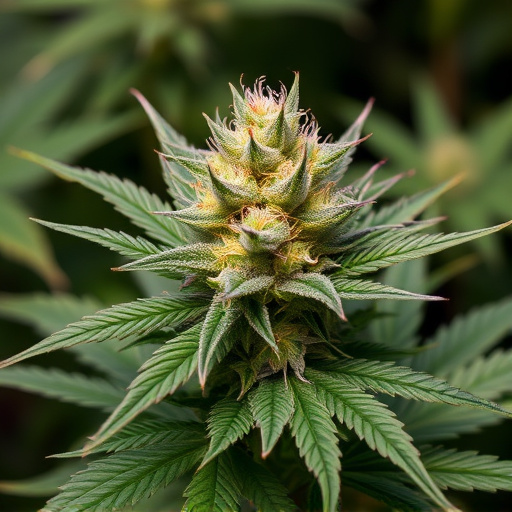Identifying the most potent strains of cannabis involves analyzing terpene profiles and cannabinoid concentrations, particularly tetrahydrocannabinol (THC). Terpenes influence cannabis effects, with myrcene promoting relaxation and limonene boosting mood. Breeders create hybrid varieties with higher THC levels and unique terpene combinations. Potency is crucial, with the most potent strains exceeding 30%, but cultivation methods and plant health also play significant roles. Advanced testing methods like GC-MS and HPLC ensure accurate THC content, helping consumers make informed choices based on desired effects and potential risks.
Comparing Cannabis Flower Varieties: Unraveling the Secrets of the Most Potent Strains
Cannabis enthusiasts often seek the pinnacle of enjoyment and potential therapeutic benefits, leading them to inquire about the most potent strains of cannabis. This article delves into the world of cannabis variety, guiding you through the process of identifying high-potency flowers. We explore the role of terpenes in shaping the user experience, offering insights on different classifications like Sativa, Indica, and Hybrid. Whether for medical or recreational purposes, understanding these factors is key to choosing the ideal strain that aligns with your specific needs.
- Identifying the Most Potent Cannabis Strains
- – Definition of potency in cannabis
- – Methods to measure THC levels
Identifying the Most Potent Cannabis Strains
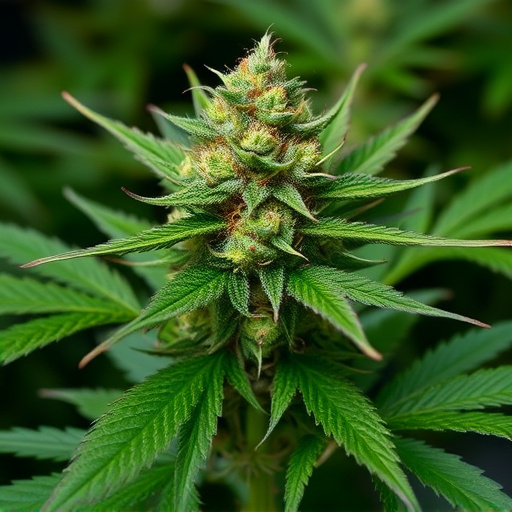
When it comes to identifying the most potent cannabis strains, terpene profiles and cannabinoid concentrations are key factors. Terpenes, aromatic compounds that contribute to the distinct flavor and aroma of each strain, often correlate with specific effects. For instance, myrcene is known for its relaxing properties, while limonene boosts mood and energy. Concentrations of tetrahydrocannabinol (THC), the primary psychoactive compound in cannabis, also play a significant role in determining potency. Strains with higher THC levels tend to be more potent, offering intense mental and physical effects.
Breeders often develop hybrid varieties that combine desirable traits from two or more parent strains, aiming to create even stronger and more effective cannabis. These hybrids may exhibit elevated THC levels and unique terpene combinations, making them popular among experienced users seeking powerful experiences. However, it’s important to note that potency is not the sole determinant of a strain’s quality or effectiveness; other factors, such as cultivation methods and plant health, also significantly impact the overall experience.
– Definition of potency in cannabis

In the world of cannabis, potency refers to the concentration of THC (tetrahydrocannabinol), the primary psychoactive compound responsible for most of cannabis’ effects. It’s a measure of how strong or powerful a particular strain is, dictating the intensity and duration of its high. The most potent strains of cannabis can boast THC levels exceeding 30%, offering users a profound and heightened sensory experience. While higher potency can lead to more intense pleasure and relaxation, it also comes with increased risks, such as enhanced anxiety, paranoia, and potential issues with coordination for some individuals. Therefore, understanding potency is crucial when navigating the diverse landscape of cannabis flower varieties.
– Methods to measure THC levels
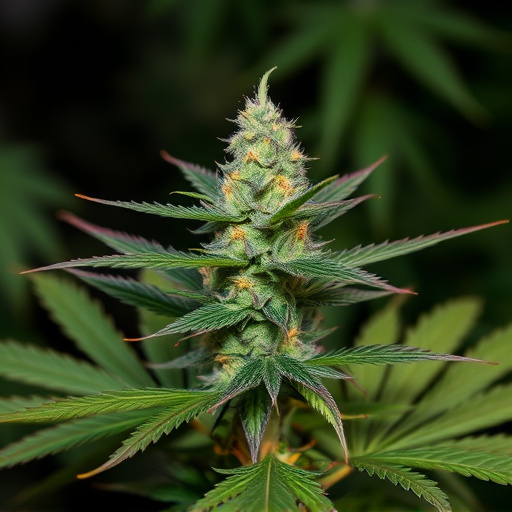
Determining the tetrahydrocannabinol (THC) content in cannabis flowers is a precise science, offering insights into the plant’s potency and desired effects. Testing methods have evolved to ensure accuracy, helping consumers make informed choices when exploring the most potent strains of cannabis. One common approach involves using gas chromatography-mass spectrometry (GC-MS), which separates and identifies compounds within the cannabis extract, providing a precise THC measurement. This method is highly regarded for its sensitivity and ability to detect even trace amounts of THC.
Additionally, high-performance liquid chromatography (HPLC) is another powerful technique employed to analyze THC levels. HPLC offers excellent resolution, allowing for the separation of THC from other cannabinoids present in the plant. These scientific methods ensure that consumers can rely on label claims and understand the potency of different cannabis strains, catering to diverse preferences and desired effects.
When comparing the most potent strains of cannabis, understanding both the science behind potency and the varied methods of measurement are key. By examining THC levels and their impact on users, we can appreciate the diverse offerings in today’s market. Whether seeking relief or enhancing leisure experiences, recognizing the strongest cannabis varieties empowers informed choices.


